
OK ya’ll trivia time. Ramen (ラーメン): we all love it, right? Ultimate comfort food, late-night snack, hangover cure, etc. It’s become one of Japan’s most popular culinary exports.
Some know that men (麺) means noodle. But, have you ever wondered what Ra means?
Ramen has been around for hundreds of years. But it was relatively recent that it took on the name ramen. It was originally a Chinese food called chuka-soba or shina-soba. (There’s a lot of history and we’re not going to go there right now)
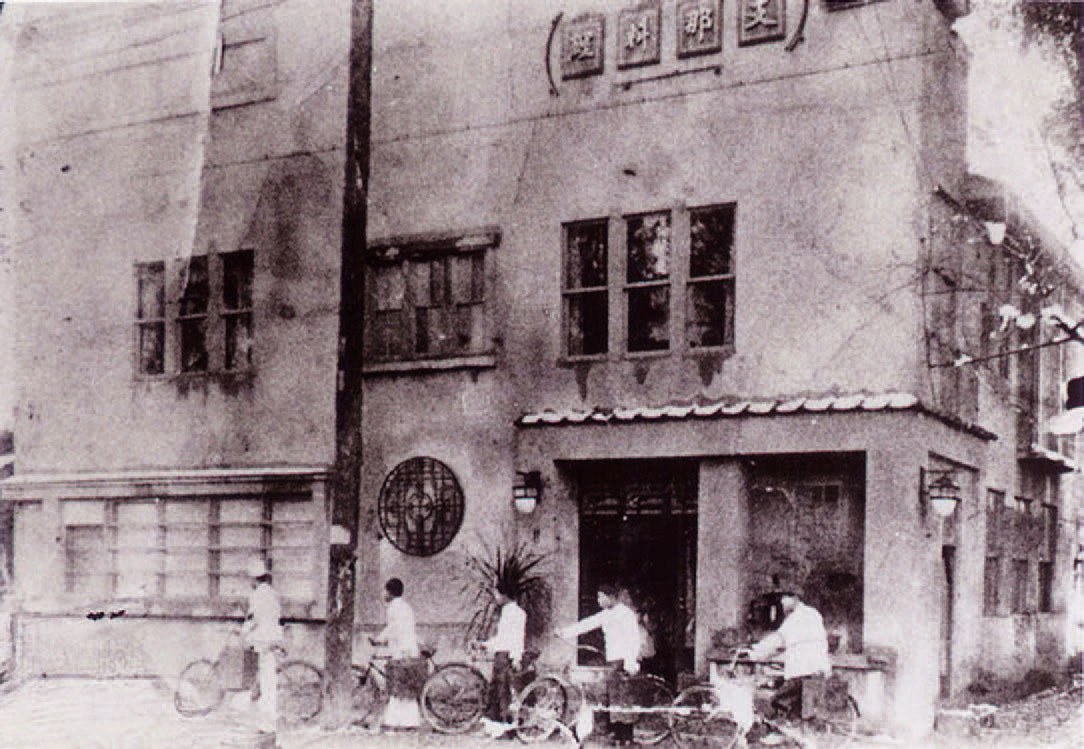
a photo of Takeya-Shokudo (1930s) shows how popular it was (courtesy Digital Library on Hokkaido-China Exchange)
In the 1920s there was an eatery in Sapporo called Takeya Shokudo. It was located right near Hokkaido University and its clientele were mostly students. In this old photo above (taken around 1930) you can see all their delivery boys and it shows how popular the joint was.
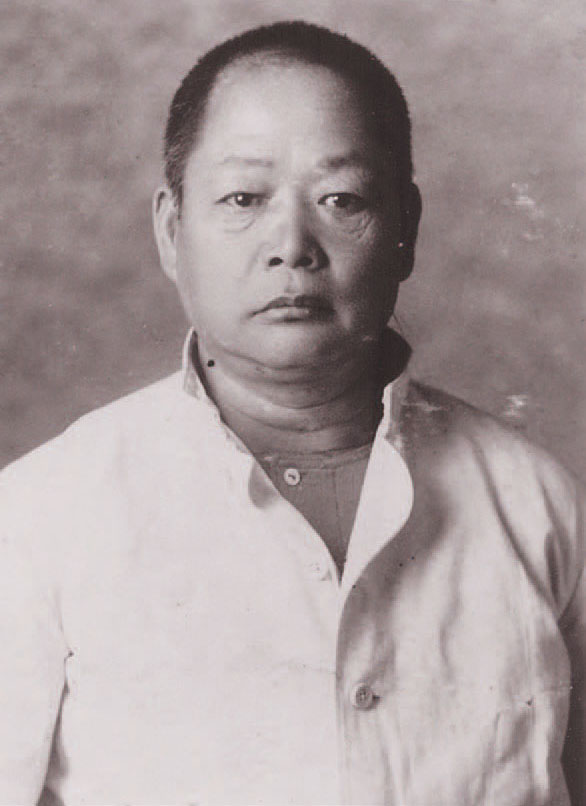
the chef at Takeya Shokudo, Ou Bunzai
At a certain point they decided to hire a Chinese chef, a man named Ou Bunzai, and they even put up a sign that read Shina Ryouri, advertising they served Chinese food.
(note: shina is actually a derogatory term used towards China. It’s unclear what the connotations were at the time.)
The chef’s version of ramen (called ro-su-men) was particularly popular among students. And given Hokkaido’s proximity to China, the University had many Chinese exchange students who would also frequent the eatery for some comfort food.
Unfortunately, the First Sino-Japanese War was still fresh in people’s memories and there was a lot of discrimination towards the Chinese. Some locals would order the dish calling it chang-soba, or other derogatory terms.
Feeling sorry for the exchange students and wanting to do something, the owner, Ohisa Tatsu, decided to change the name. But she had trouble coming up with something that was catchy, and that all her patrons would find easy to pronounce.
One day it hit her when she heard her Chinese chef using his call to let her know an order was done: “Hao-ra” (好了), meaning “it’s ready.” She decided to start calling it Ra-men, and the name took off.
Takeya Shokudo eventually closed down in 1943 but its legend lived on and it continued to be written about and featured in magazines.
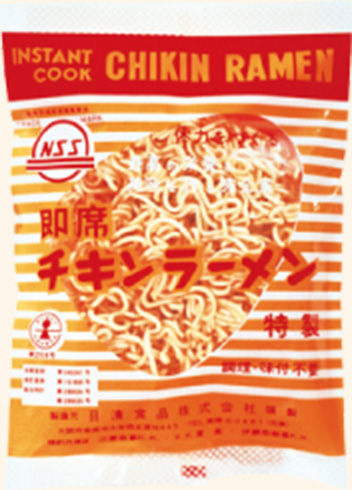 In 1958, Ando Momofuku released the first “Instant Ramen” and it immediately became a hit. The name ramen was used in commercials across Japan, which solidified the naming of the dish.
In 1958, Ando Momofuku released the first “Instant Ramen” and it immediately became a hit. The name ramen was used in commercials across Japan, which solidified the naming of the dish.
So the next time you slurp your ramen, maybe remember the compassion and empathy behind the name. Sometimes it feels like there’s so little of both in today’s world. And just a little can go such a long way.
Lastly, we’ll note that this is one of several theories on how ramen got it’s name. This theory was recently discussed during this Japanese trivia show. Further documentation can be found here and here.


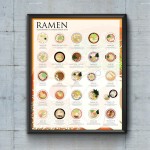
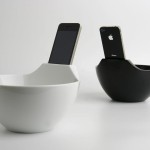

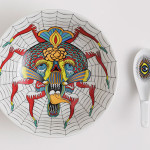


















May 30, 2018 at 2:27 pm
I sorta wonder, is there a Chinese equivalent of that sort of culinary racism? Did they use derogatory terms when referring to Japanese food served in China during that period? And if so, what were they?
May 30, 2018 at 2:44 pm
Am I Following this right?
So it was named ramen “ready noodles” so it was easy to pronounce. The name was then taken up and popularised by the first instant noodle company, that then spread throughout Japan?
I assumed the name would have been much older than that, though.
After a quick google, there are 2 other theories.
Theory 2. The Chinese use the word “ramen” 拉麺 ( ラーミェン) meaning “stretched noodles”
Theory 3. The Chinese use the word 老麺 (ラオミェン) that means “noodles in a broth”.
As nice as this story sounds, it seems the least likely out of these 3 theories.
May 31, 2018 at 11:33 am
Also, 好了 is pronounced “hao le”, not “hao ra”. Though it’s possible that the chef said 好啦 instead, or that it sounded different to Japanese ears.